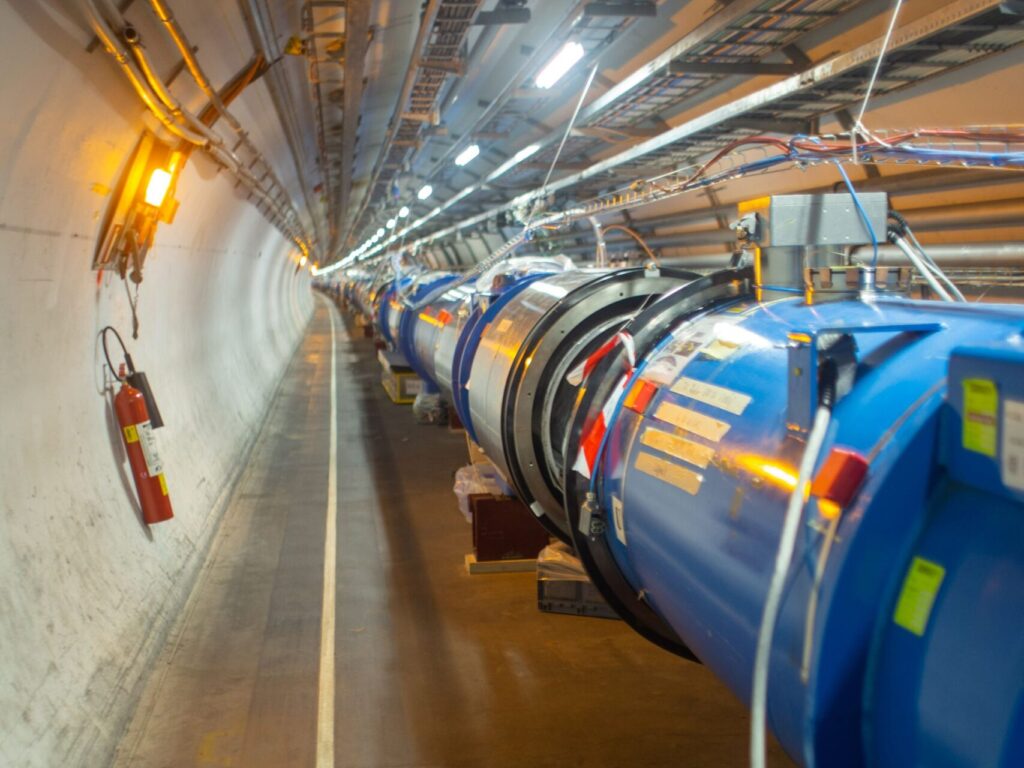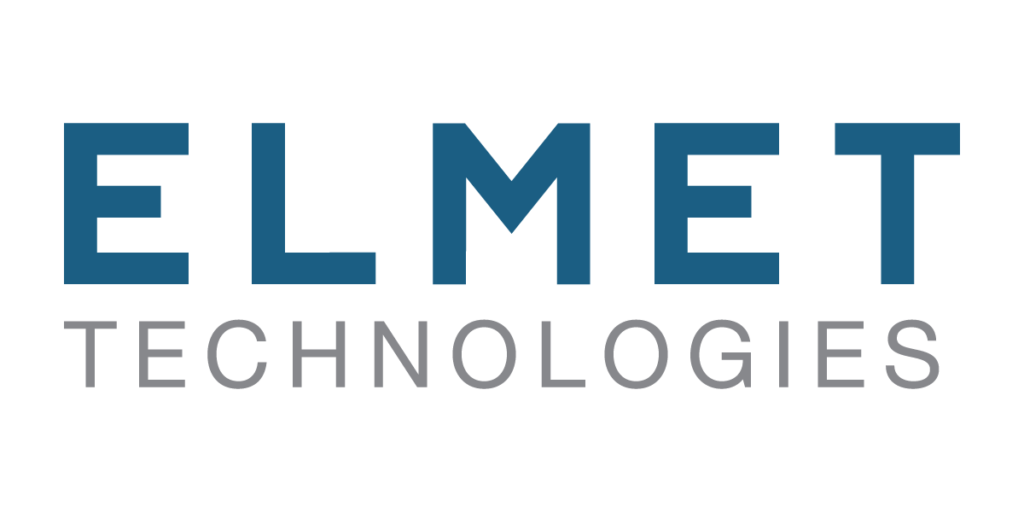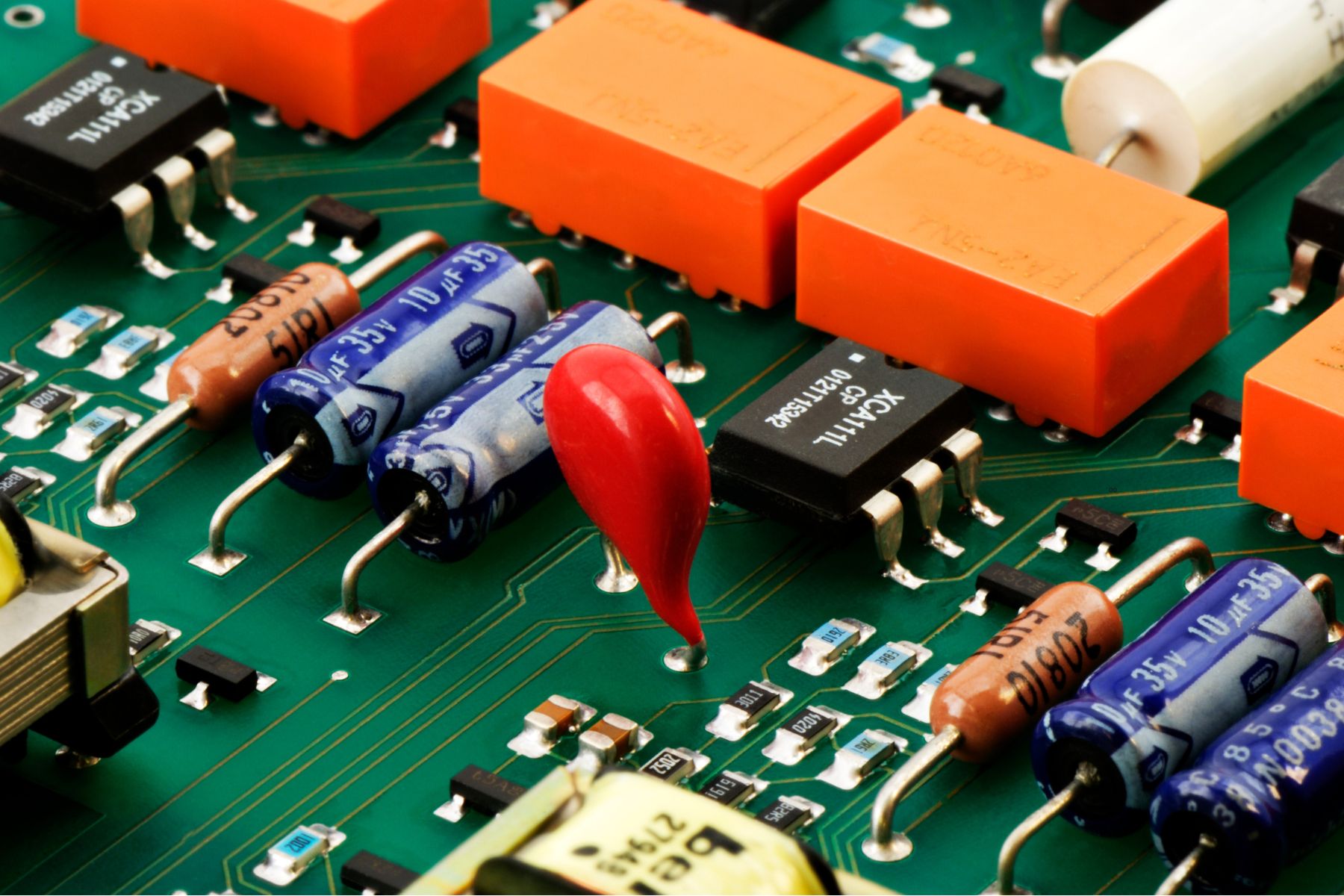
Niobium as a Superconductor
Elmet Technologies plays a key role in providing niobium and its alloys for energy conduction applications. Known for its exceptional properties, niobium is an outstanding superconductor, offering high thermal conductivity, a high melting point, excellent corrosion resistance, and a low neutron capture cross-section.

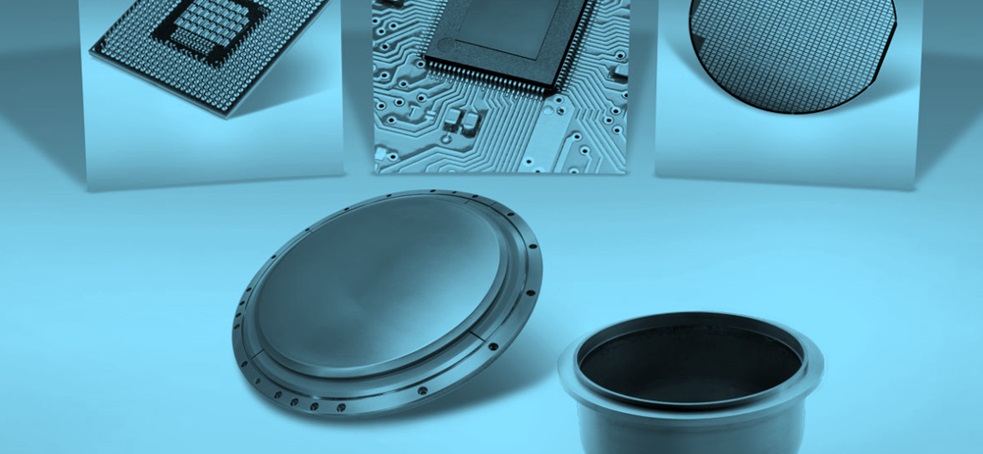
Niobium, a fundamental elemental superconductor, plays a crucial role in the production of industrial superconductors. Like indium, tin, and lead, niobium demonstrates the remarkable property of superconductivity: when cooled below a critical temperature, its electrical resistivity vanishes entirely. This allows for unmatched efficiency in energy transmission, making it indispensable in advanced technological applications.
What is Superconductivity?
Superconductivity refers to the total absence of electrical resistance and resistance of magnetic fields. It typically takes place at a sufficiently low temperature.
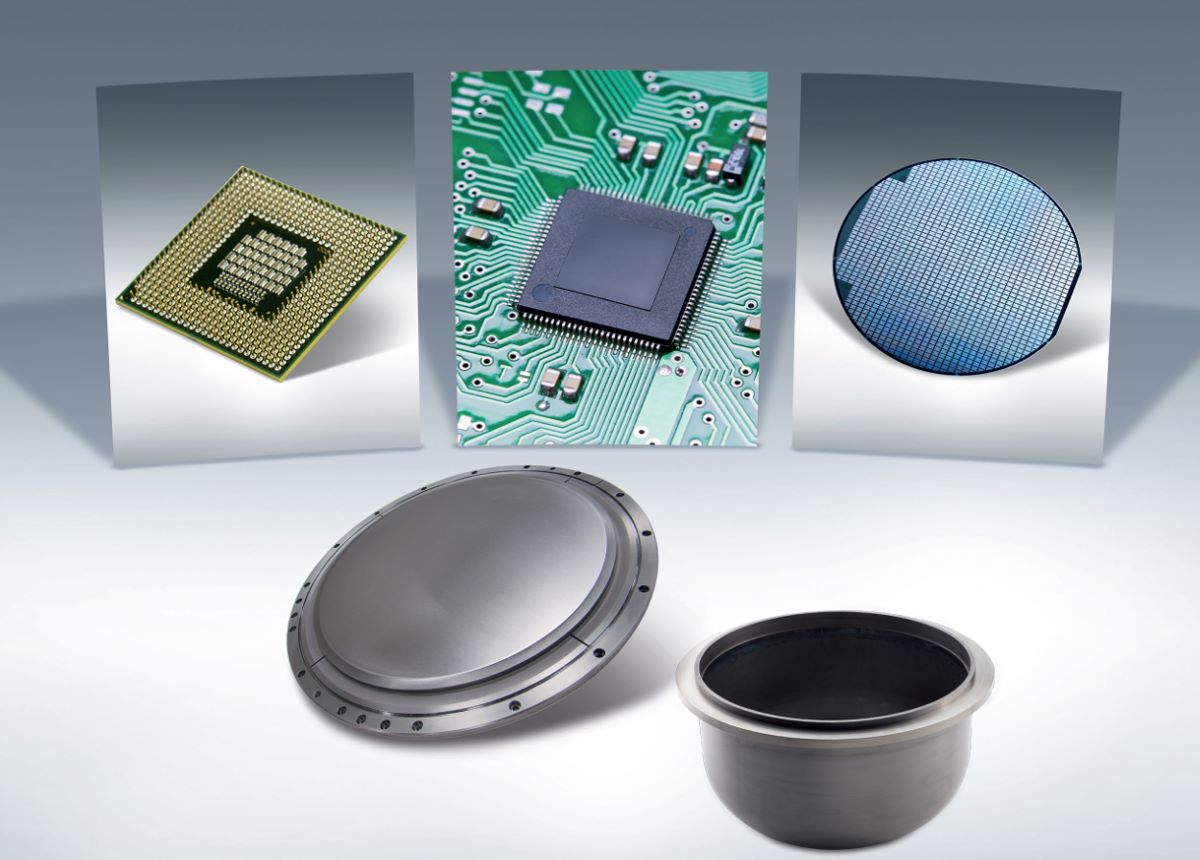
What makes niobium a Superconductor?
Niobium’s critical temperature for superconductivity is the highest critical temperature of any elemental superconductor – 9.3K. As a result, it has been the natural choice for the development of higher-temperature superconducting alloys which include niobium-tin (Nb3Sn,) and niobium-germanium (Nb3Ge, K).
Niobium in MRI & NMRI Machines
Niobium alloys are being used to manufacture superconducting magnets in medical MRI machines and NMRI machines for analytical chemistry applications. Superconductors are essential for the operation of MRI and NMRI machines because they have no electrical resistance and generate no heat.
Consequently, this allows electromagnets to produce the necessary magnetic fields effectively. As a result, superconductors play a paramount role in the functionality of these machines.
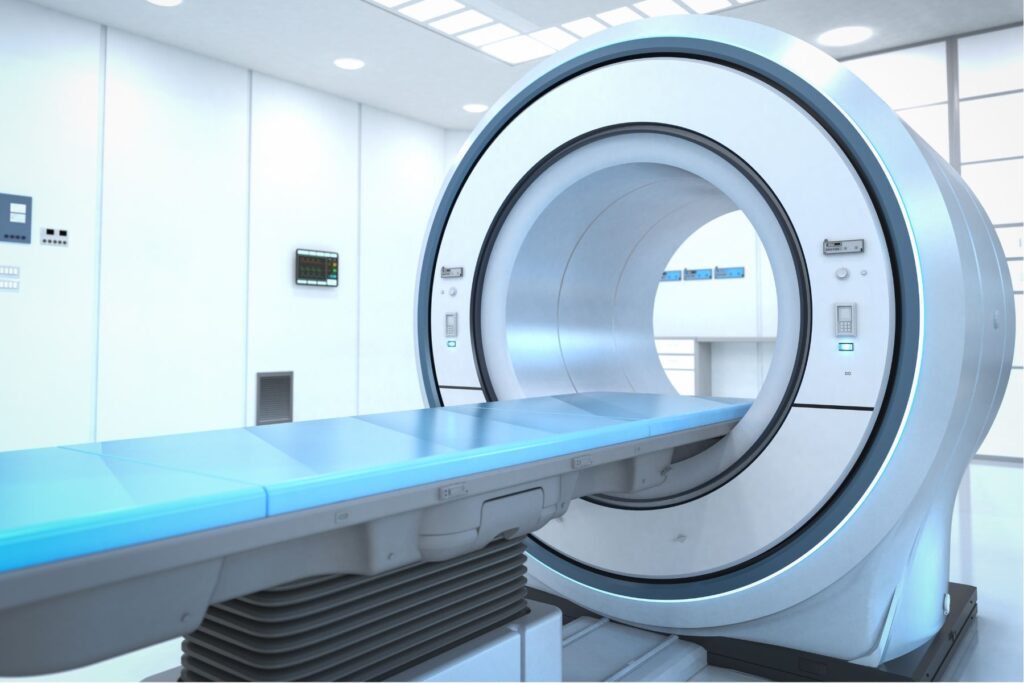
Niobium in the Large Hadron Collider
The Large Hadron Collider (LHC) at CERN in Geneva is the world’s most powerful particle accelerator. It features a 27-kilometer ring of superconducting magnets, complemented by advanced accelerating structures designed to boost particle energy as they travel through the system.
At the heart of the LHC are niobium-titanium magnets, which guide high-energy particles along the beamline with precision. As part of the next phase of the LHC’s operation, these magnets are set to be upgraded to a higher-performance niobium-tin alloy, promising even greater capabilities in the years ahead. Elmet Technologies plays a key role in providing high-quality materials essential to such cutting-edge advancements.
